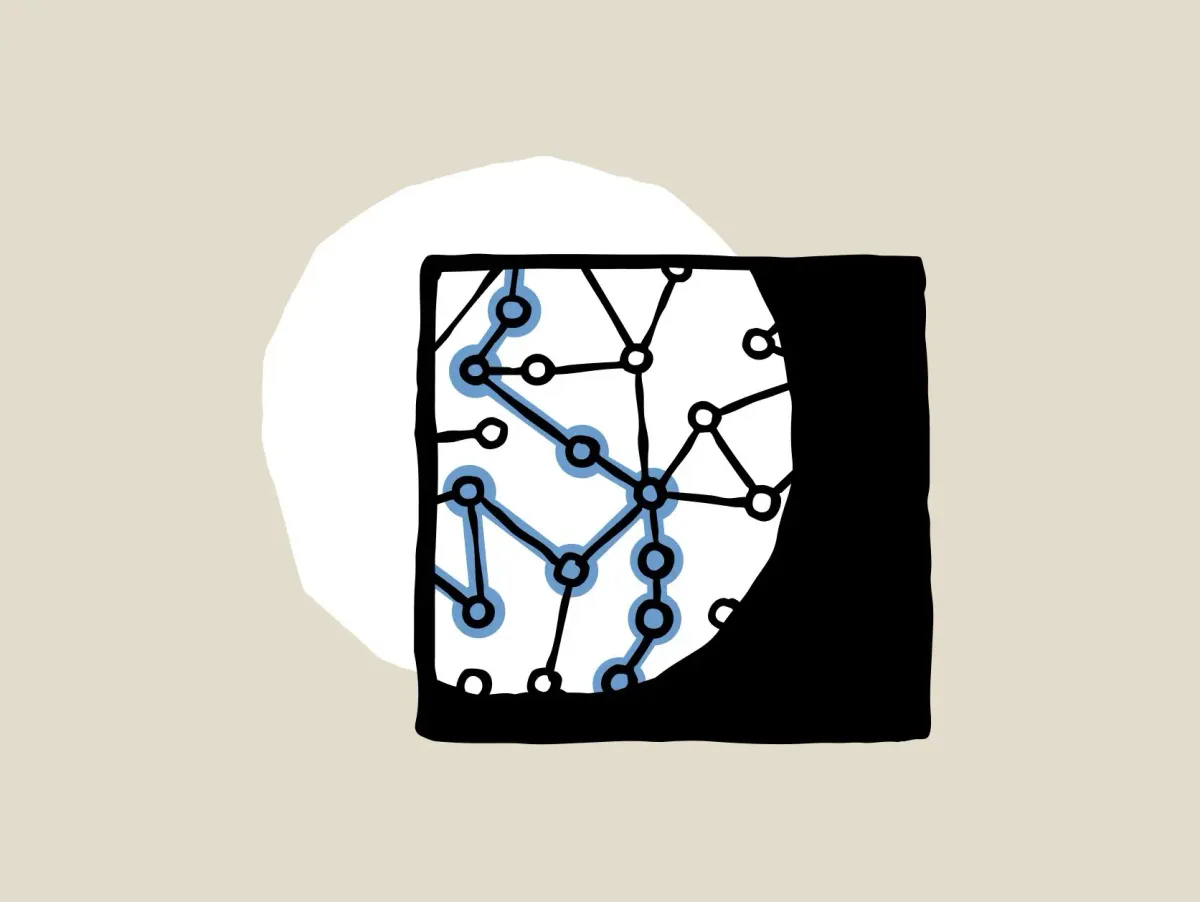Shocking AI Discovery! Anthropic’s Microscope Exposes Claude’s Thought Process

Anthropic’s ‘AI Microscope’ Reveals How Large Language Models Think
A Breakthrough in Understanding AI: Anthropic’s ‘AI Microscope’
AI startup Anthropic, the company behind the Claude chatbot, has unveiled a groundbreaking tool that may finally help researchers understand how large language models (LLMs) operate. Taking inspiration from neuroscience, the company has developed an ‘AI microscope’ designed to analyze and decipher patterns of activity inside AI models.
The announcement, accompanied by two new scientific papers, sheds light on the inner workings of Claude 3.5 Haiku and could provide valuable insights into how AI models process information, generate responses, and sometimes hallucinate.
The Mystery of AI Black Boxes
Despite their powerful capabilities, modern AI models are often described as ‘black boxes’ because researchers struggle to explain how these systems generate responses. While these models process billions of data points and predict words with remarkable accuracy, the lack of transparency makes it difficult to understand their reasoning, identify biases, or prevent harmful outputs.
Anthropic’s research aims to address this by providing a clearer view of how AI models think, plan, and generate answers. By breaking down AI computations layer by layer, the new tool allows researchers to pinpoint how decisions are made and whether models truly understand the tasks they are given.
How Anthropic’s AI Microscope Works
Decomposing AI’s Thought Process
Anthropic’s researchers trained a new type of model called a Cross-Layer Transcoder (CLT) to break down how LLMs transform user input into meaningful responses. Instead of relying on traditional neural network weights, this method identifies interpretable features such as:
- The grammatical structure of sentences
- Context-specific word usage
- Logical relationships between different parts of text
By isolating these components, the AI microscope helps researchers map out how an AI model processes a prompt and constructs an answer.
AI Planning and ‘Fake’ Reasoning
One of the most surprising findings from the study is that Claude appears to plan ahead before generating responses. When asked to write a poem, for instance, the AI first identifies rhyming words related to the topic and then builds sentences backward to fit them.
Another unexpected discovery is that AI models may create an illusion of reasoning. Researchers found that while Claude sometimes appears to ‘think through’ a complex math problem, the underlying computations do not always align with logical reasoning. This contradicts previous assumptions about AI reasoning techniques like ‘chain of thought’ processing.
Addressing AI Hallucinations and Jailbreaking
Understanding AI Hallucinations
Hallucinations—when an AI confidently generates incorrect or misleading information—remain a major challenge in AI development. Anthropic’s study found that Claude typically declines to speculate when asked ambiguous questions. However, certain triggers can override this default reluctance, causing the model to generate speculative or incorrect answers.
AI Jailbreaking Detection
AI jailbreaking, where users manipulate a model into bypassing safety mechanisms, is another concern. The study found that Claude recognizes dangerous prompts well before generating an answer. However, this awareness does not always prevent the AI from proceeding with the response, highlighting a potential area for improvement in AI safety.
The Limitations of AI Microscope Technology
While Anthropic’s research marks a major step forward, the company acknowledges that the AI microscope is not a perfect tool. Some limitations include:
- Incomplete analysis: The tool captures only a fraction of the AI model’s total computations.
- Undetected neurons: Some key processes may be hidden outside the identified circuits.
- Potential biases in interpretation: The method relies on approximations that may not fully represent real AI decision-making.
Despite these challenges, the AI microscope provides an unprecedented look inside AI models, paving the way for future breakthroughs in transparency and safety.
What This Means for the Future of AI
Anthropic’s research could significantly impact how AI systems are developed, tested, and deployed. By offering deeper insights into AI reasoning and hallucinations, companies can create safer and more reliable AI models. This could lead to:
- More transparent AI systems that explain their reasoning to users
- Improved AI safety measures to prevent jailbreaking and misuse
- Greater trust and adoption of AI in sensitive applications like healthcare and finance
As AI continues to evolve, understanding how these systems work will be crucial in ensuring they serve humanity responsibly. With tools like the AI microscope, researchers are now closer than ever to unlocking the secrets of artificial intelligence.



